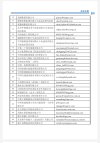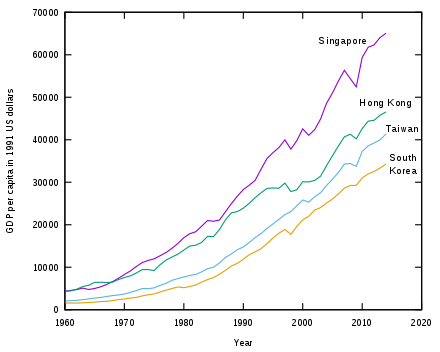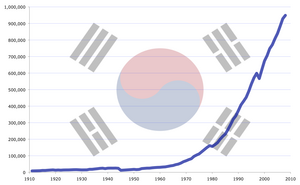That’s the result of 40 years of Madrasa education under BNP/JP/Jamat!
Getting to higher value garment, like designer brands, would be a fantastic next step.
In parallel, dismantle the Madrasa system and rote learning. Realistically, that will take a decade!
Abolish Madrasa and replace it with what?
I am sure people who shill for India would love to re-educate Bangladeshis to love Indian culture.
But - fat chance of that happening. Anytime the Muslim Bangladeshi underclass gets education, they choose religious education. Which means Quran and Tafseer.
Muslim Bangladeshi underclass don't want to learn about 52 crore Dev/Devi and 53 crore Avatars. Of course Hindus will have that education. Get that drilled into your head please. There is no alternative for Madrasa education.
And what kind of a Sylheti are you?
You cry about the bombing of Shahjalal's mazaar on one hand, and on the other you oppose Madrasa education like a bhakt ? Showing your true colors now?
 @Abu Shaleh Rumi
@Abu Shaleh Rumi we found your makal fal beradar - Sylheti who can't speak Sylheti....

I am not a shill for BNP/JP/Jamaat (could care less about their politics) so I don't know why you keep on harping about
@bluesky bhai and me shilling for them.
I don't want to speak for
@bluesky bhai - but what sane people in this forum (him and me included) want is just for corrupt good-for-nothing Hasina and BAL to be gone. Their autocratic regime has run its course and its time for more educated leadership, appropriate for the next economic stage of our country.
Take a nice poll of the real Bangladeshi posters here in our sub-section (not the dozen or so overt false flagger Indians), and I guarantee that they will all want Hasina and Indian influence/exploitation gone from our country. You cannot oppose popular will for the long term, not with any semblance of RAW and BJP/RSS induced dhokeybaji.
Most Bangladeshis weren't clueful until the last generation, but this generation is different. They all know what they want - and being a part of greater Hindu Rashtra is not one of them.



















